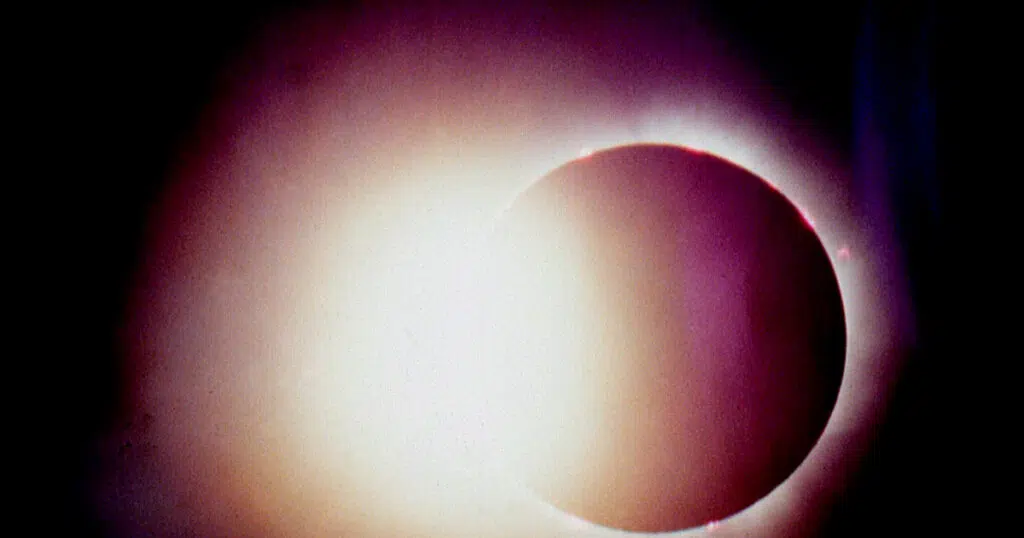
Ancient Records of Solar Eclipses Offer New Insights on Earth’s Movements
There’s no question seeing a solar eclipse is one of the most unforgettable experiences in life. Such celestial events were without doubt even more jaw-dropping throughout history, before people understood what they were seeing and were able to accurately predict the occurrences of eclipses.
But the historical records of such remarkable astronomical spectacles have proved to be much more than just curiosities, as they provide invaluable information about changes about Earth’s movement.
In a new study released in Publications of the Astronomical Society of the Pacific, Japanese researchers examined records from the Byzantine Empire to identify and locate total solar eclipses witnessed around the Eastern Mediterranean in the 4th-7th centuries CE, or, Common Era, a period during which previously identified solar eclipse records are particularly scarce. Those records, however, are crucial for understanding the variability of the Earth’s rotation throughout history.
Because the people who recorded those events in antiquity often left out key information of interest to modern astronomers, identifying the correct times, locations and durations of those historical eclipses is painstaking work.
“Although original eyewitness accounts from this period have mostly been lost, quotations, translations…recorded by later generations provide valuable information,” Assistant Professor Koji Murata of the University of Tsukuba, co-author of the study, explains. “In addition to reliable location and timing information, we needed confirmation of eclipse totality: daytime darkness to the extent that stars appeared in the sky. We were able to identify the probable times and locations of five total solar eclipses from the 4th to 7th centuries in the Eastern Mediterranean region, in 346, 418, 484, 601, and 693 CE.”
Said study researchers: “For each of these five eclipses, we considered the reliability of the source texts from historical and philological viewpoints. It is occasionally challenging to identify probable observation sites for the historical solar eclipses, unless otherwise the observation sites are explicitly described in the source documents. In this case, we have analyzed the record provenance and identified probable observation sites with original witnesses’ residences.”
The key variable that this new information reveals is ΔT, the difference between time measured according to the Earth’s rotation and time independent of the Earth’s rotation. That means variations in ΔT represent variations in the actual length of a day on Earth.
So, considering the eclipse of July 19, 418 CE, an ancient text that reported a solar eclipse was so complete that it included how stars appeared in the sky, and that the site of observation was in fact Constantinople. The previous ΔT model for this time would have placed Constantinople outside the path of totality for this eclipse. Therefore, ΔT for the 5th century CE can be adjusted based on the new information.
“Our new ΔT data fill a considerable gap and indicate that the ΔT margin for the 5th century should be revised upward, whereas those for the 6th and 7th centuries should be revised downward” said Murata.
The new data shed light on variations of the Earth’s rotation on a centennial timescale and help refine the study of other global phenomena throughout history, such as sea-level and ice-volume variability.



